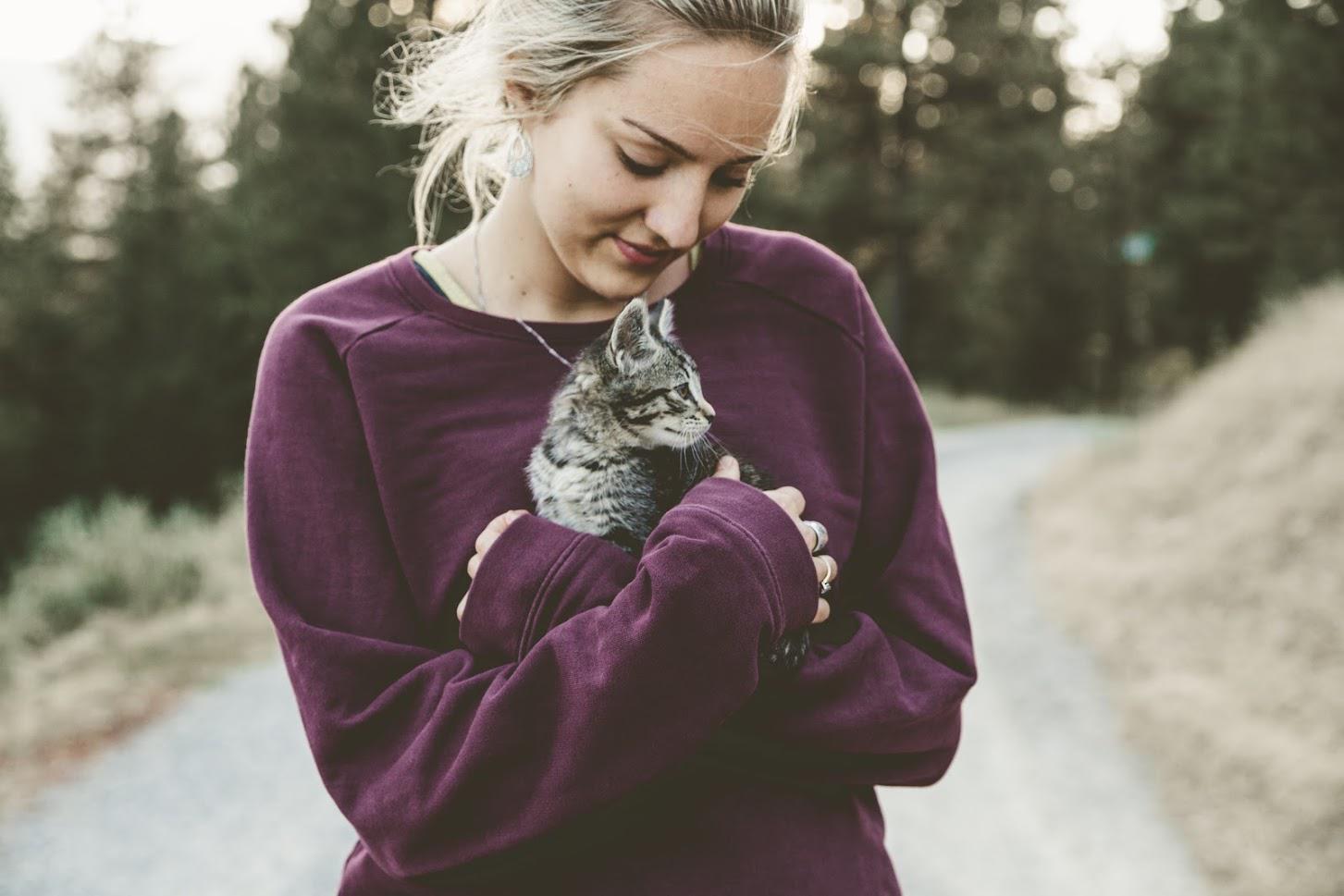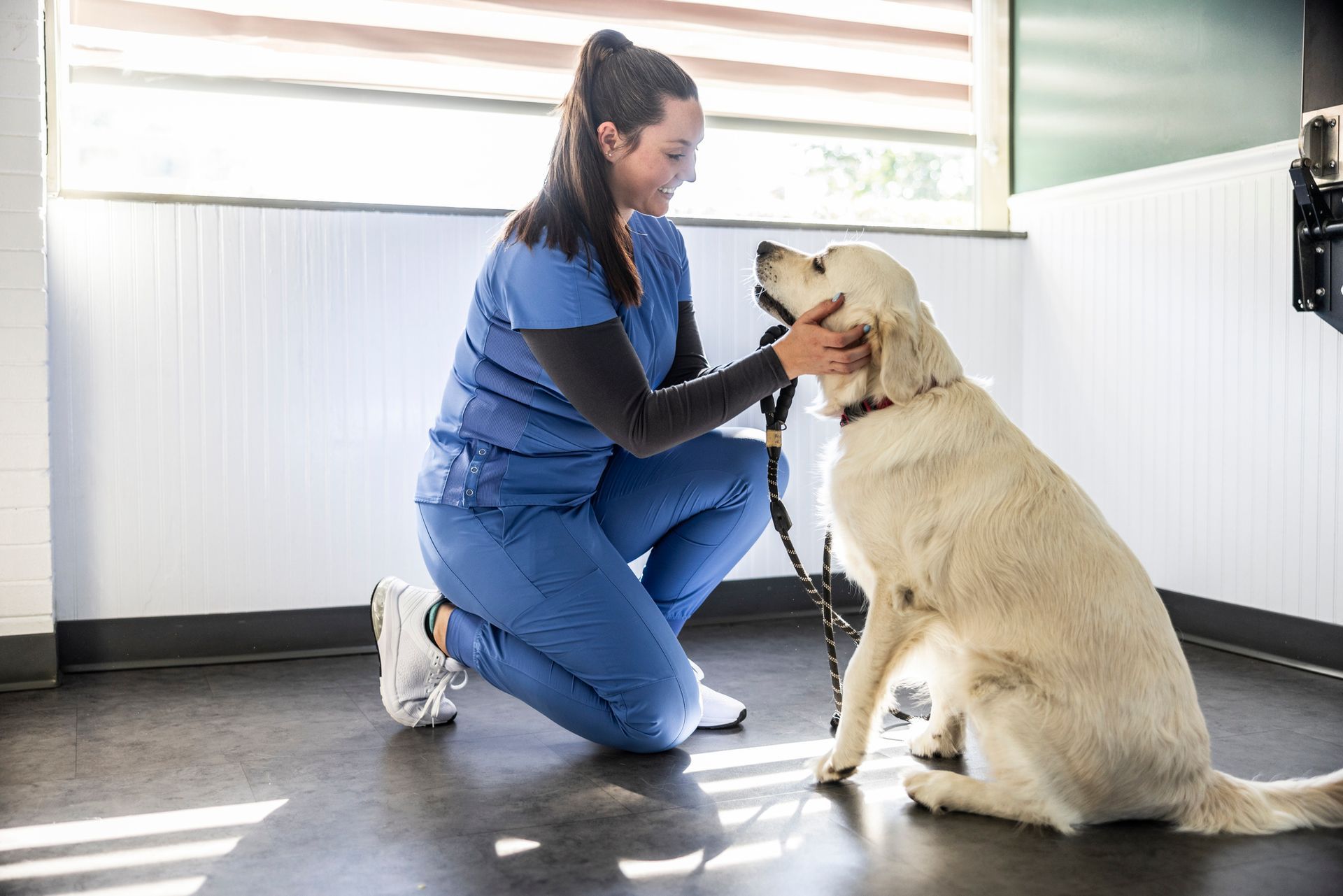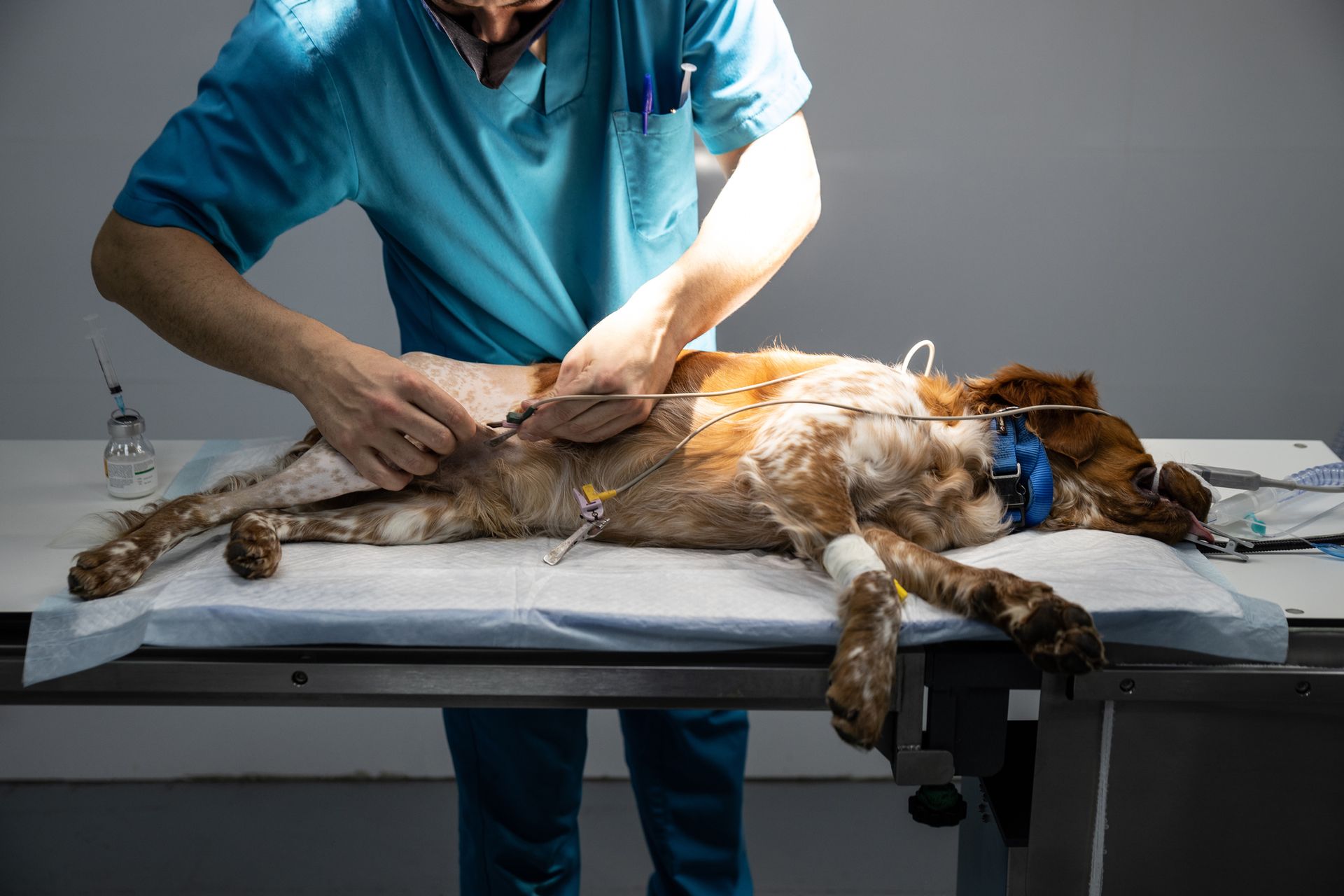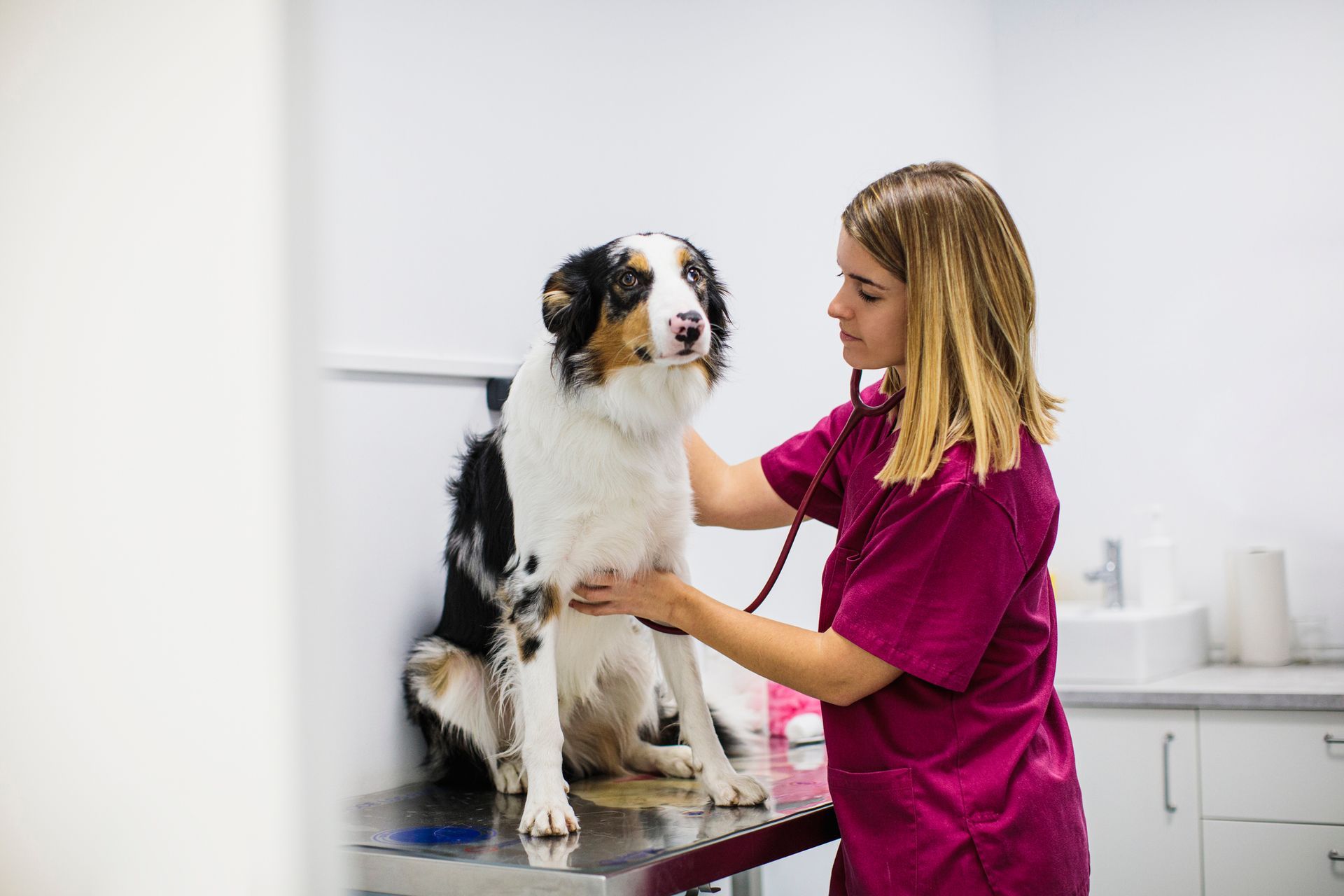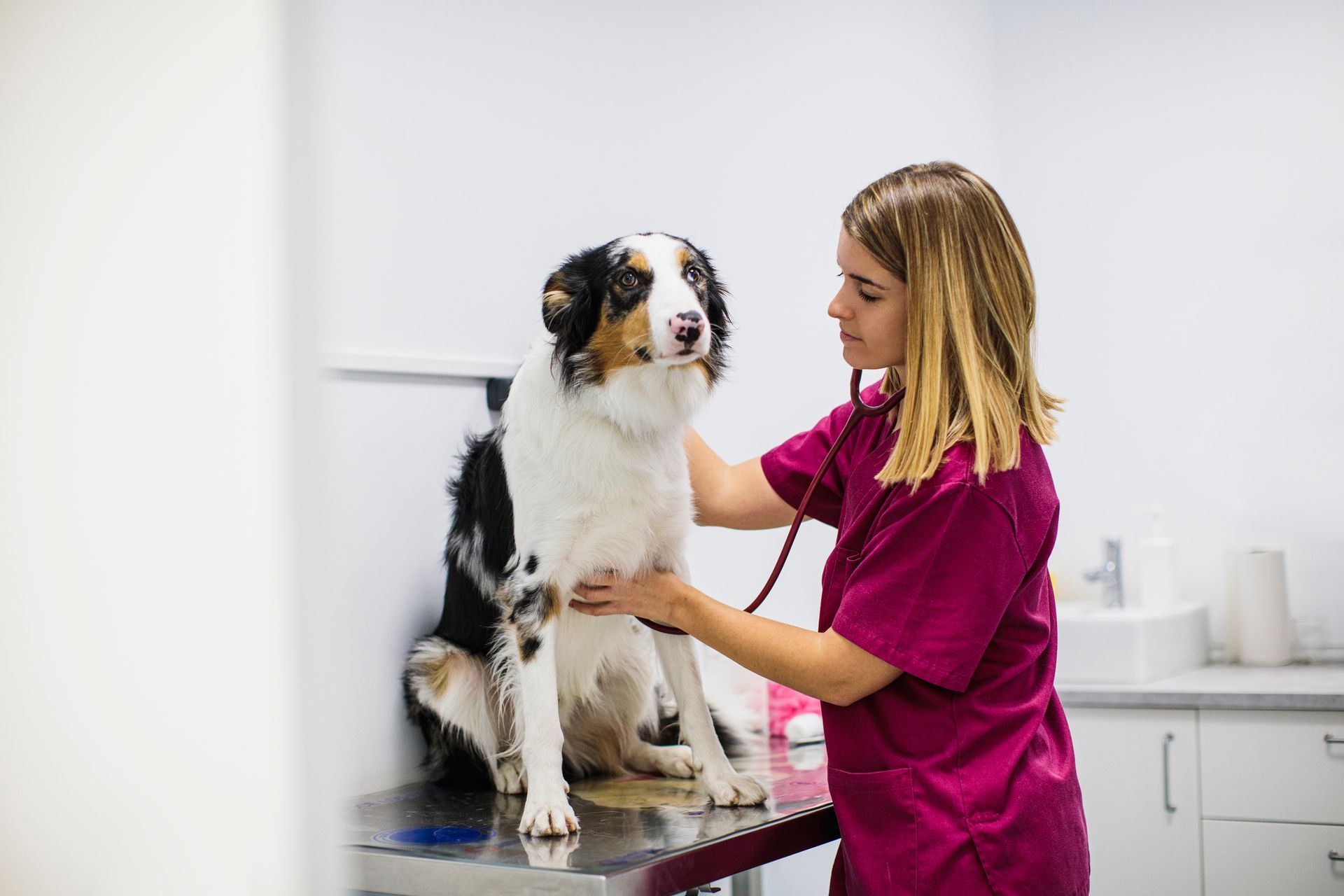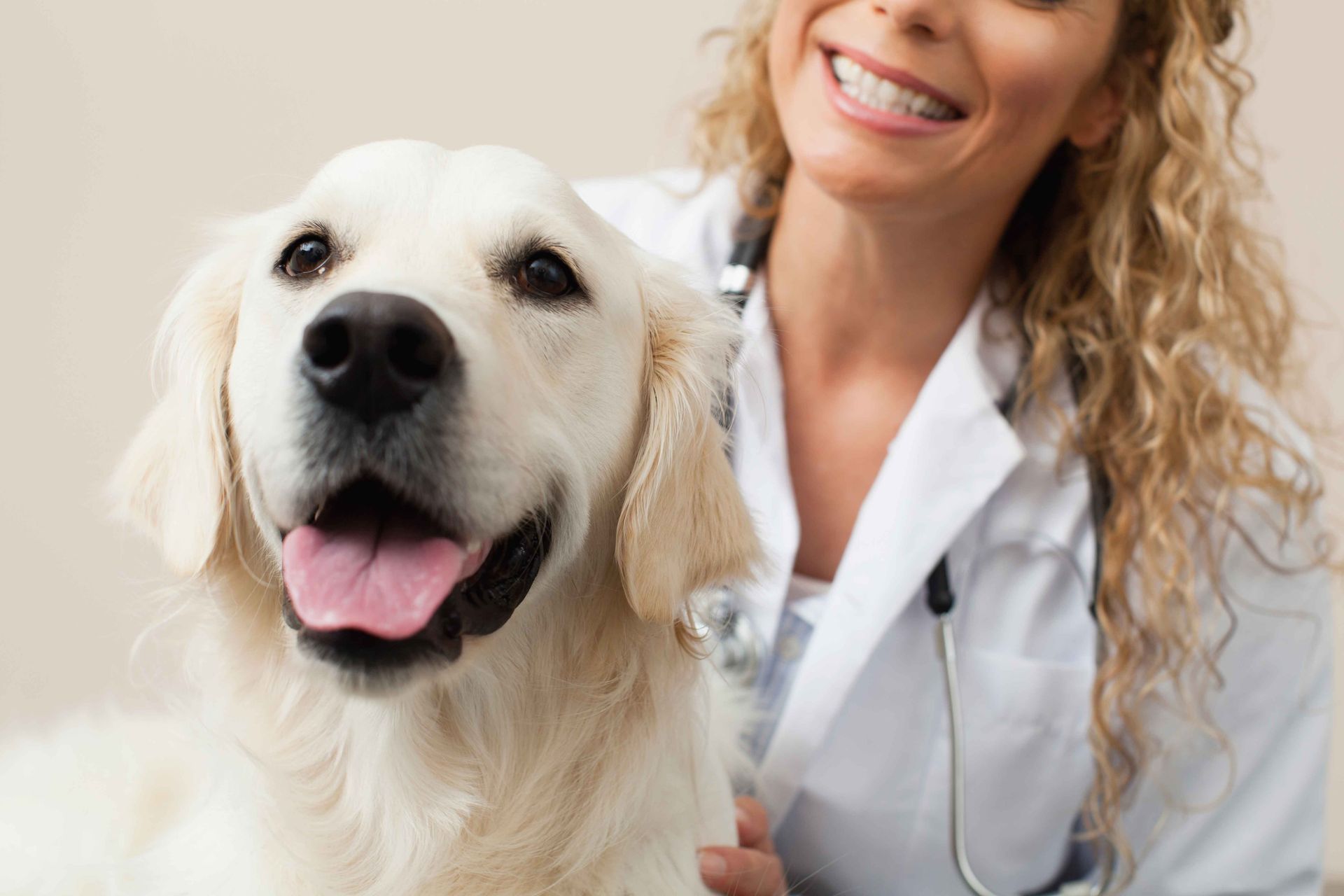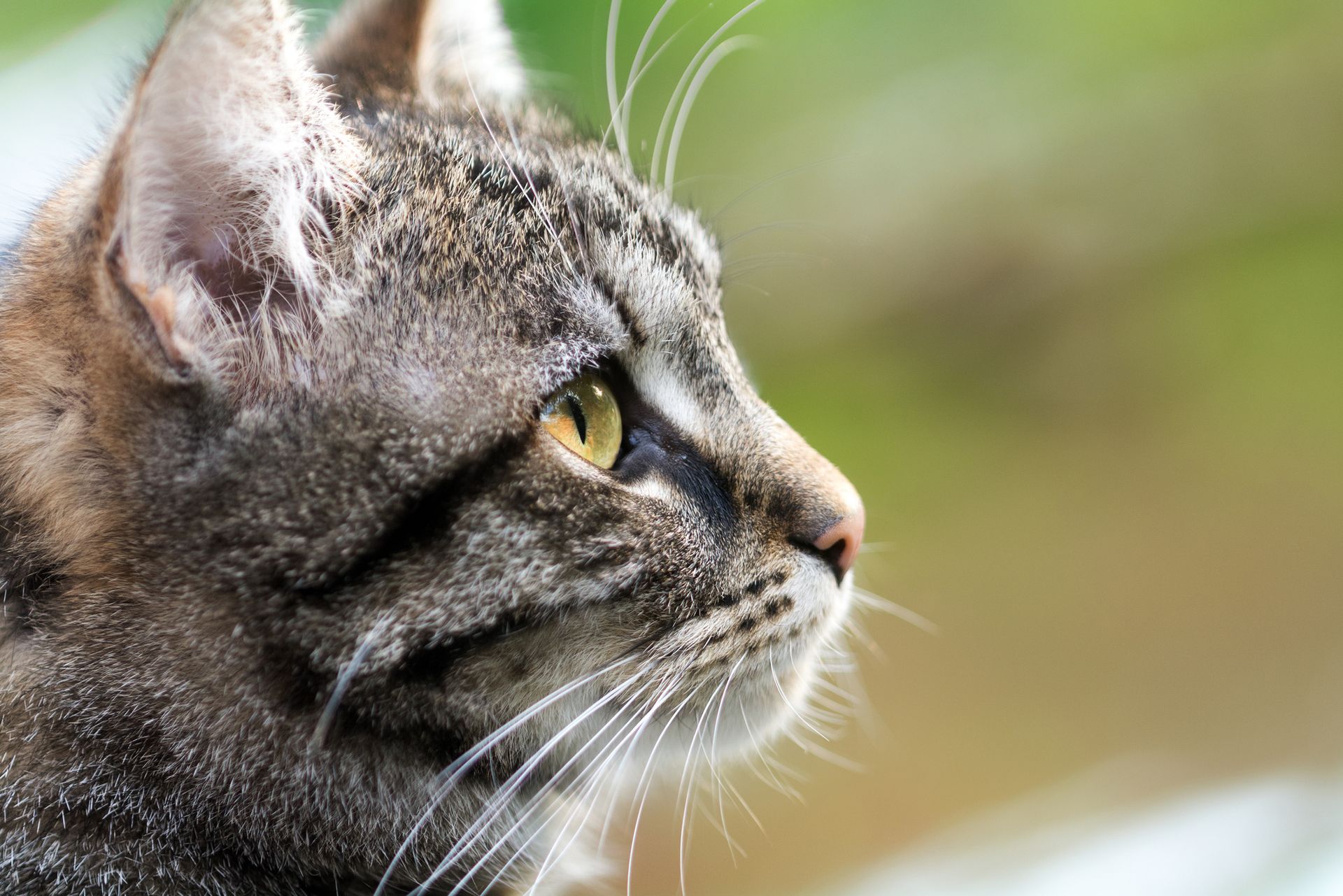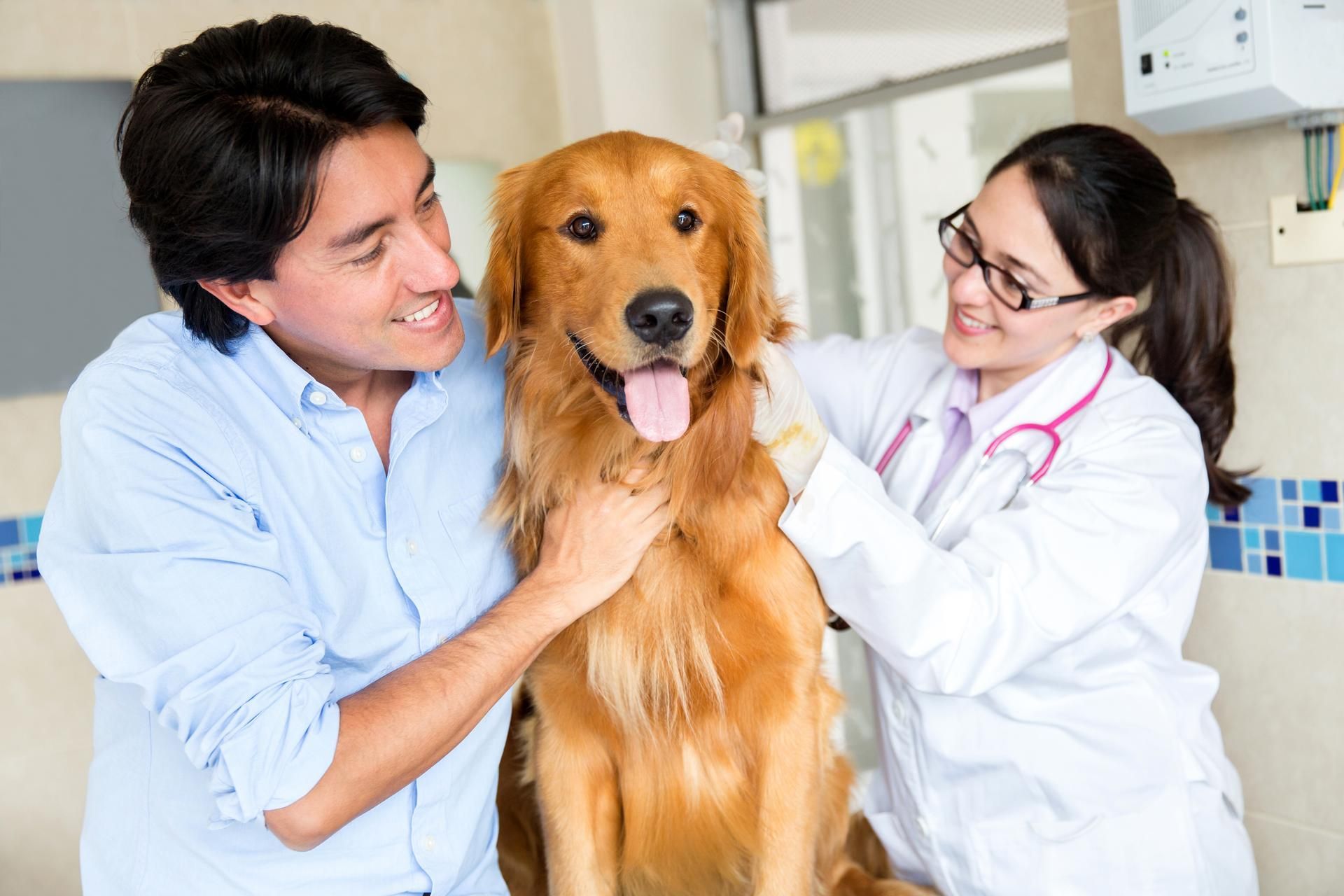Household Items That Are Surprising Cat Dangers
If you own a cat, then you may occasionally notice your cat playing with a random item they find around the house — and allow them to play with it because they seem to be having fun. Unfortunately, many household items can be hazardous to a cat's health. Some of these items are choking or suffocation hazards, while others can cause intestinal damage or obstruction if swallowed.
Learn about a few common household items that are cat hazards and why they are hazardous.
Strings of All Types
Many cats enjoy playing with strings. In fact, you may even provide your cat balls of yarn that they enjoy unraveling and batting at to keep them entertained.
Unfortunately, strings are not usually safe items for cats to play with. Not only are strings cat strangulation hazards, but if a cat swallows a string, it can cause an intestinal obstruction called a linear foreign body obstruction. This obstruction can cause extensive damage to a cat's intestinal tract.
After a cat swallows a string, one end of it can become stuck at the base of the cat's tongue or in their stomach while the cat's body attempts to move string through their digestive tract. When the intestines cannot push the string out of the cat's body due to the end that is stuck in their mouth or stomach, a cat's intestines can begin to bunch up or pleat. Pleating can deprive intestinal tissue of vital blood supply, leading to tissue death or even potentially deadly GI tissue perforation.
Common signs of a linear foreign body obstruction in a cat include vomiting, lack of appetite, or a piece of string protruding from the cat's mouth or anus. If you notice these signs, do not attempt to pull the string out. Instead, take your cat to an emergency vet as soon as possible.
Aluminum Foil
Some cat owners create homemade toys for their cats by balling up aluminum foil and allowing their cats to play with the balls. Cats tend to enjoy the crinkling sound the foil makes as they bat it around with their paws.
Unfortunately, while batting a ball of aluminum foil around is unlikely to harm a cat, some cats will nibble at the foil balls and swallow pieces of them as they play. Since aluminum foil edges are sharp, swallowed foil pieces can perforate the cat's stomach lining or another area of their GI tract. This perforation can lead to abdominal lining inflammation and a potentially deadly bacterial infection.
Symptoms of a gastrointestinal perforation include vomiting, loss of appetite, and diarrhea. This condition needs emergency treatment that may involve removal of the foil with surgery, antibiotic treatment if a bacterial infection has developed, or other procedures needed to restore your cat's GI health.
Plastic Bags
Some cats enjoy playing with plastic bags, such as those from grocery stores. They might enjoy the crinkling sound the plastic makes and sometimes the smell of the food that was in the bag. However, you should never allow your cat to play with a plastic bag unattended due to these bags’ potential hazards.
If playing with a bag unsupervised, your cat could get one of the bag handles wrapped around their neck, leading to potential suffocation and death.
Some cats also enjoy chewing on the bags and potentially swallowing plastic. Some small plastic pieces can pass through a cat's digestive system without causing harm. However, a cat who swallows plastic on a regular basis could gradually create a bowel obstruction as plastic pieces build up in the cat's system.
Signs of a bowel obstruction in a cat include vomiting, loss of appetite, lethargy, and abdominal pain or swelling. Depending on the severity of the obstruction, your emergency vet may recommend treatments to keep your cat in good health as the obstruction passes or emergency surgery to remove the obstruction.
Wine Bottle Corks
If you enjoy drinking a glass of wine on occasion, then you may allow your cat to play with the bottle cork, since batting around a cork is relatively safe for cats. However, some cats enjoy biting into wine corks and breaking them into small pieces. A cat can then swallow a piece of the cork, potentially creating a bowel obstruction, or choke on a cork piece that lodges in their throat.
If your cat is choking, first open their jaw gently with your hands and look for any objects in their mouth or throat you can remove with your fingers without pushing the object further down their throat. If you do not see an object you can remove manually, then perform a cat Heimlich maneuver.
To perform this maneuver, first position your cat upright with their back towards your chest. Then, firmly push on their belly in an upward motion about five times or until the item they are choking on dislodges. If this does not work, then hold her upside down by her hips and pat her back firmly until the throat obstruction dislodges.
If you are a cat owner, then be aware of common household items that are potential cat dangers. Call the veterinary emergency experts at South Seattle Veterinary Hospital for emergency treatment next time your cat is in the midst of a medical emergency.


